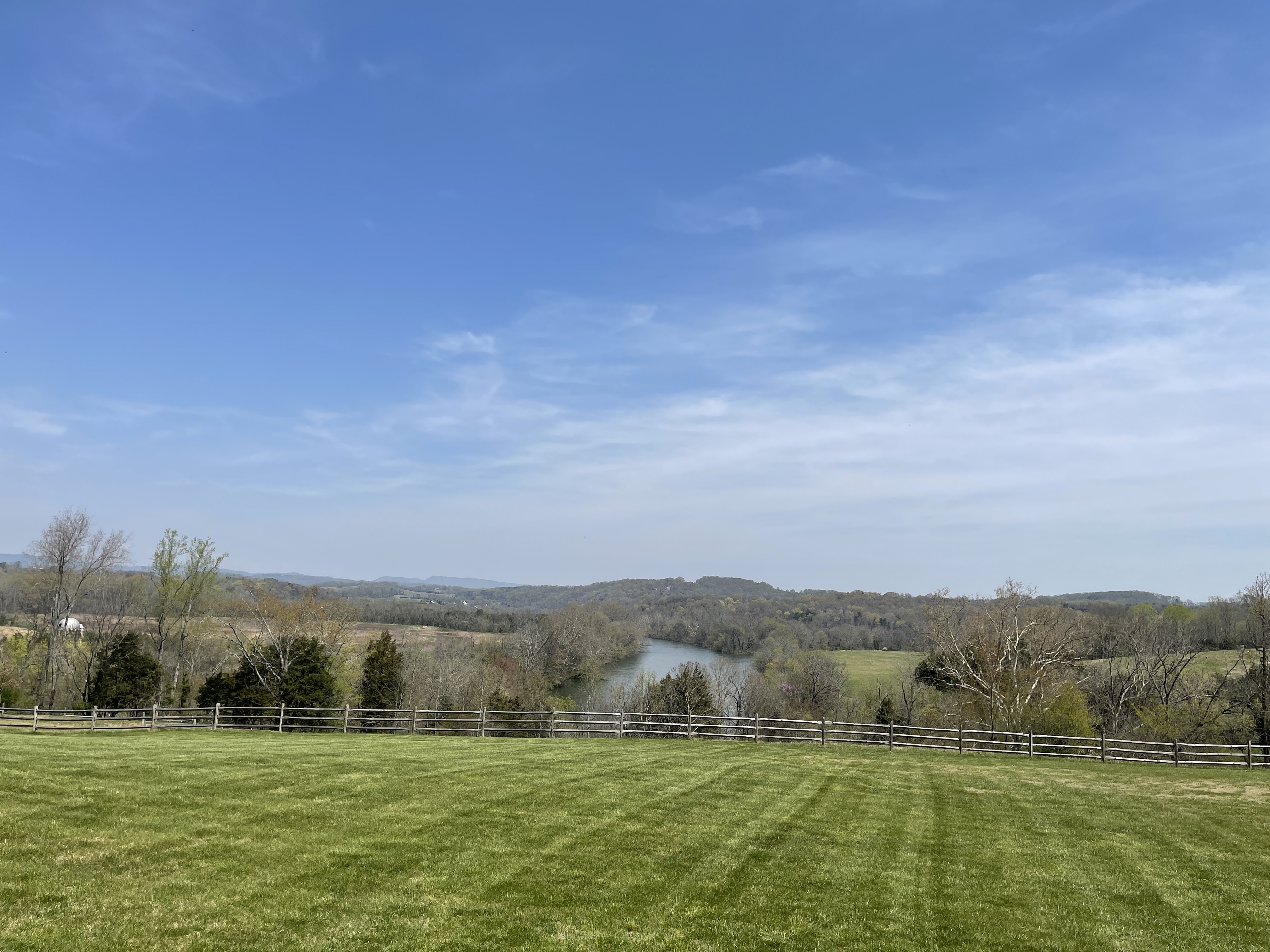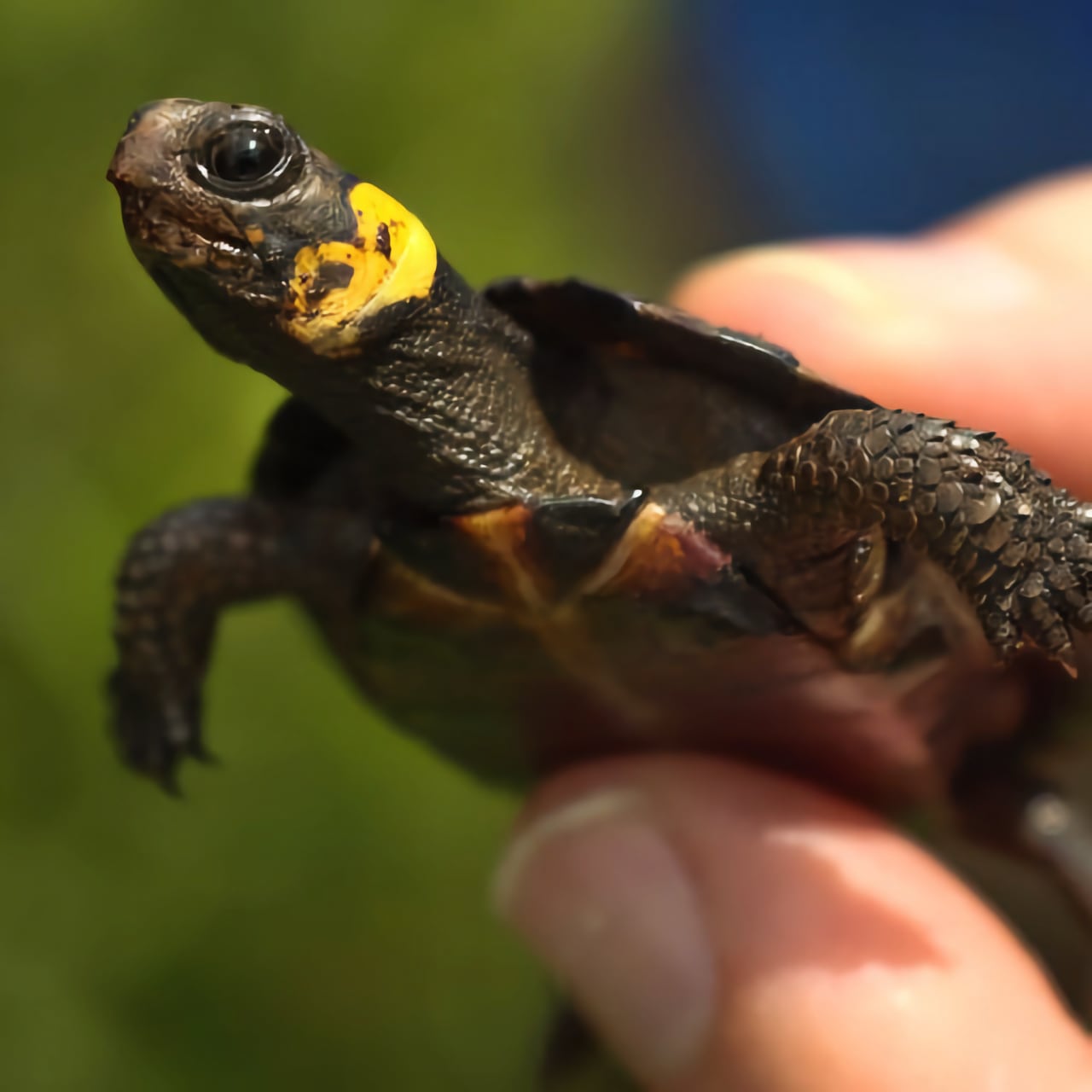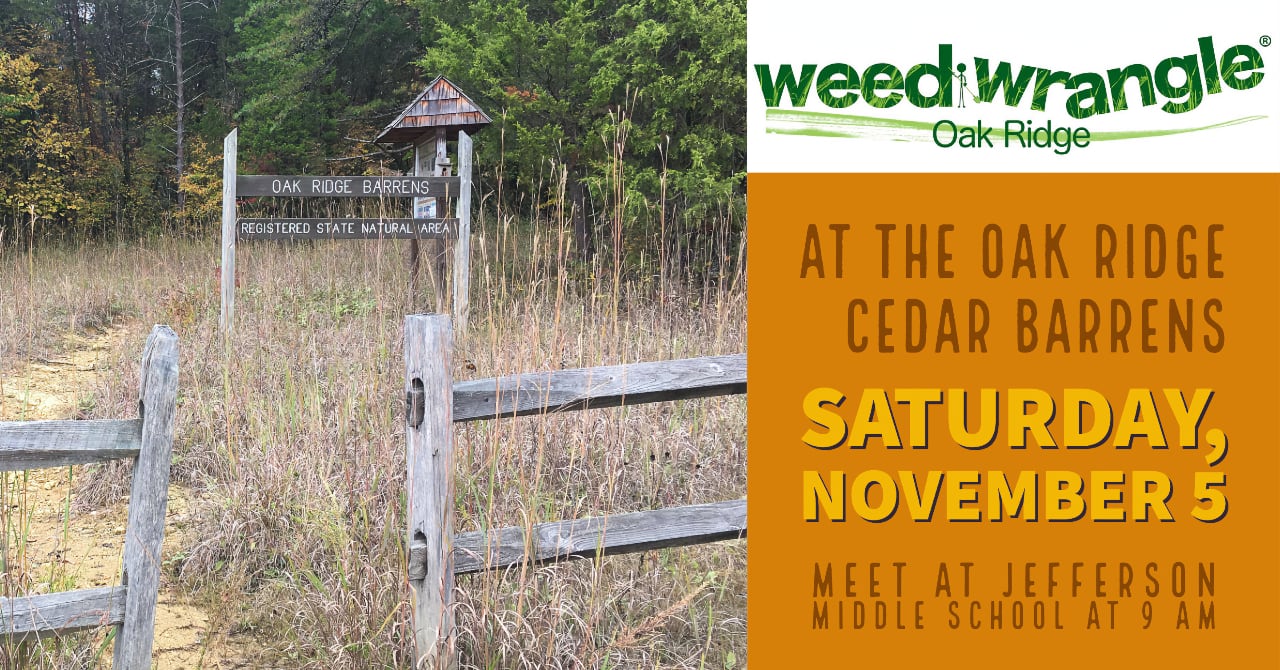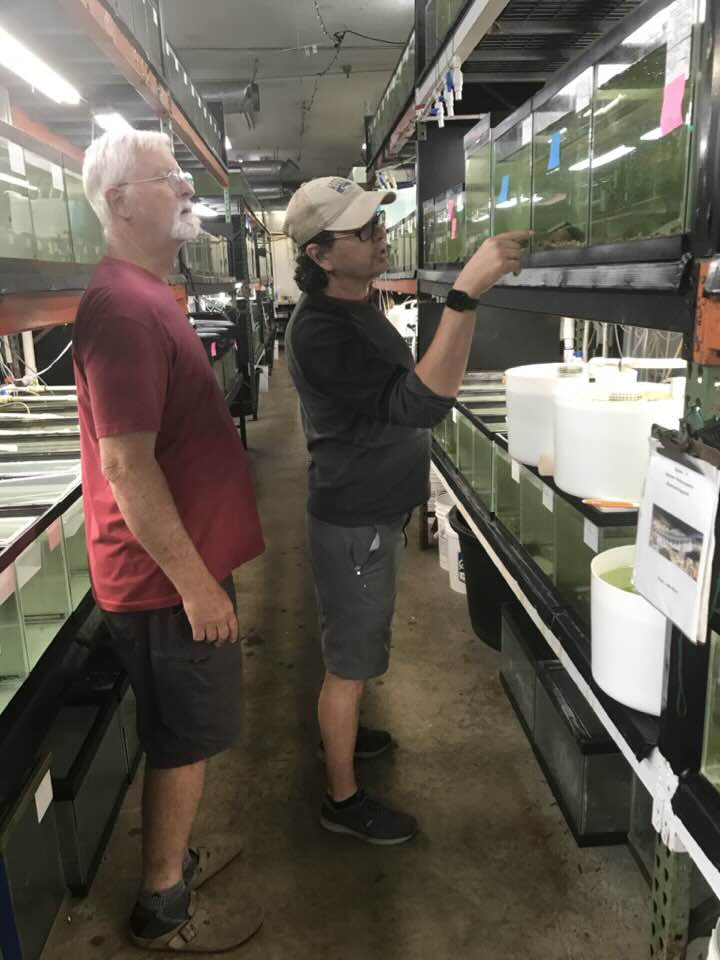The event is sponsored in part by Waste Management, US Bank, McCarty Holsaple McCarty, First Neighborhoods Realty, Fox & Fogarty, East Tennessee Community Design Center, and KBrew.
News (799)
Children categories
ES! Initiatives (74)
EarthSolidarity!™ Initiatives are endeavors to which anyone can contribute in deed as well as in spirit, that
- minimize waste and environmental impacts
- increase community resilience
- respect and protect ecosystem processes and all forms of life
- contribute to good living conditions for everyone around the globe
- affirm and celebrate our interdependence and interrelatedness in the Web of Life!
You can help Knoxville become a wood-powered tree city
Written by JJ Stambaugh This is a basic breakdown on the social benefits associated with robust tree canopy in cities, including the city center of Knoxville, shown here. Knoxville City Government
This is a basic breakdown on the social benefits associated with robust tree canopy in cities, including the city center of Knoxville, shown here. Knoxville City Government
City kicks off ambitious project to expand the tree canopy that benefits us all
KNOXVILLE — The people in this city sure seem to love their trees.
There is at least one tree for every two people who live within the city limits, but officials say they want to add even more over the next 20 years.
How many should be planted is currently up in the air, as is the right mix of species and where they should go.
Those are just some of the questions that will be answered in coming months as the Knoxville Urban Forest Master Plan is developed by officials from the city and the non-profit group Trees Knoxville in conjunction with several other agencies and interested citizens.
- knoxville tree cover
- knoxville botanical garden and arboretum
- knoxville tree master plan
- keep knoxville beautiful
- knoxville urban forest master plan
- jj stambaugh
- trees knoxville
- tennessee division of forestry
- urban canopy works
- what is urban canopy
- urban canopy
- urban forest
- indya kincannon
- madeline rogero
- kasey krause
- what does an urban forester do
- island home
- fountain city
- are there lots of trees in knoxville

Contribute to the master plan to grow tree canopy in Knoxville
KNOXVILLE — No matter where you are in the city, you’re not far from a patch or two of trees.
These copses range from small groupings of oaks or dogwoods that are commonly used to mark property boundaries to lush belts of temperate mixed-hardwood forest that sprawl across hundreds of acres.
While Knoxville may be blessed with an abundance of these urban forests, many local residents and leaders believe it’s nowhere near enough.
- knoxville mayor sustainability
- knoxville tree cover
- knoxville tree master plan
- jj stambaugh
- trees knoxville
- knoxville urban wilderness
- knoxville urban forest master plan
- knoxville urban tree canopy assessment
- knoxville
- urban forest
- canopy
- public participation
- stakeholder input
- kasey krause
- urban forester
- tennessee division of forestry
- keep knoxville beautiful
Latest Foothills Land Conservancy easement preserves history, farm and forest
Written by Shelby Lyn Sanders
Jefferson County views and values protected with Foothills Land Conservancy easement
Shelby Lyn Sanders is a field biologist with Foothills Land Conservancy.
JEFFERSON CITY — Can you see the Sleeping Lady?
We are standing on the back porch of the historic Isaac McBee House, built in 1850, and I follow Jack Kramer’s gaze across the back lawn, over McBee Island flanked by the cold March waters of the Holston River, and to the mountains in the distance.
“She’s easier to see this time of year,” he says, because those distant hills are unobscured by the foliage of trees still nakedly waiting for spring. Indeed, I can see her — she lies with her head to the west and her toes stretched out to the east, the hills forming the rise and fall of her body.
‘I remember the marks in his ankle:’ Paddlers push for trotline regulations on Tennessee waterways
Written by Anita Wadhwani Silver weight and thin fishing line tied to a branch for an underwater trotline. Getty Images via Tennessee Lookout
Silver weight and thin fishing line tied to a branch for an underwater trotline. Getty Images via Tennessee Lookout
Traditional Tennessee trot lines pose a fatal collision with river recreation
This story was originally published by Tennessee Lookout.
NASHVILLE — Brandon Archer was canoeing down the Buffalo River with friends over Labor Day weekend three years ago when he jumped out for a swim and drowned.
Archer had become entangled in a trotline, an unmanned fishing line studded with hooks that stretched across the river. The MTSU football player died a day shy of his 22nd birthday.
“When they found him he was under 10 feet of water and they found trotline wrapped around his ankle,” Courtney Archer, Brandon’s mother, told members of the Tennessee Fish and Wildlife Commission this month. “When I saw my son I remember the marks in his ankle from the trotline that was there.”
Park releases Smokies air-tour plan
 Commercial air tour routes over Great Smoky Mountains National Park
Commercial air tour routes over Great Smoky Mountains National Park
GATLINBURG — Great Smoky Mountains National Park and other federal officials completed a management plan to formally regulate aircraft tours over the park.
Don’t expect much to change in the skies over the park: The plan allows 946 air tours a year by select helicopter operators, unchanged from the average number of annual flights recorded from 2017 to 2019. Flights may only operate from two hours after daybreak to two hours before sundown.
“The plan establishes measures to protect park resources including natural and cultural resources, preservation of wilderness character, and visitor experience,” according to Smokies officials. Flights will be restricted to six routes over the park, and must maintain an elevation above 2,700 feet of the highest terrain. Cades Cove is off limits, as are several historical sites, including the Walker Sisters Cabin.
Air tours, often to the dismay of many hikers and others, have occurred over the park for most of its history, but no formal flight guidelines were in place.
“We appreciate the tireless work that went into the development of the Smokies air tour management plan,” said Superintendent Cassius Cash. “The plan incorporates several improvements that allow continued air tour activity, while at the same time better protecting the wilderness character of the backcountry, wildlife populations, natural soundscapes, and the visitor experience in historic areas like Cades Cove.”
Eastern Band of Cherokee Indian members provided notable input into the development of the plan, which will go into effect in 90 days from Dec.3.
Hellbender Press previously reported on development of the Smokies aircraft management plan.
Whiskey business: Help UT save white oaks for your liquor drinks
Written by Ben Pounds
UT forestry efforts benefit whiskey and ecological chasers
KNOXVILLE — Volunteers, distilleries and two universities came together this fall to collect white oak acorns to ensure the survival of the species for commercial and ecological purposes.
It was a key part of a conservation effort started by distilleries worried about the future of oak barrels and casks used to age whiskey and bourbon.
It’s about more than that though, as white oaks have many uses not just for people but for an estimated 2,000 other species, including bats, birds, turkeys, deer, rabbits and hundreds of butterflies and moths. But because the trees are slow to grow, they may be at risk, especially as the region grapples with the uncertain outcomes of climate change.
Real or fake Christmas trees? Like most things in life, the answer is a function of time.
Nature Conservancy: Keep it real
Nothing beats the fresh aroma of a live Christmas tree, if you are into that kind of thing, but both real and fake trees carry their own load of sustainability pros and cons.
Live trees offer holiday beauty and scent and are a traditional addition to households. But they are harvested from a vast monoculture and require multiple levels of carbon-burning transport.
Artificial trees offer convenience, and can be reused for a decade. But they are largely made of plastic, manufactured in places with unsavory human rights records, and require global transit.
This article breaks it down pretty well. Maybe it’s just best to not have a Christmas tree?
Every TVA coal-fired plant in Tennessee is leaking dangerous contaminants at unsafe levels, report concludes
Written by Jamie Satterfield The Tennessee Valley Authority’s Cumberland Fossil Plant in Stewart County, Tennessee is leaking boron at 22 times safe levels, as well as unsafe levels of arsenic, cobalt, lithium and molybdenum, according to a recent report prepared by environmental groups using TVA’s own data. Tennessee Valley Authority
The Tennessee Valley Authority’s Cumberland Fossil Plant in Stewart County, Tennessee is leaking boron at 22 times safe levels, as well as unsafe levels of arsenic, cobalt, lithium and molybdenum, according to a recent report prepared by environmental groups using TVA’s own data. Tennessee Valley Authority
Report: TVA’s Allen Fossil Plant in Memphis ranks No. 10 in most contaminated U.S. sites
This story was originally published by Tennessee Lookout.
The Tennessee Valley Authority’s coal ash dumps in Memphis rank among the worst in the nation for contamination of groundwater with cancer-causing toxins, according to a new report that relied on the power provider’s own records.
TVA’s coal ash dumps at the now-defunct Allen Fossil Plant rank as the 10th worst contaminated sites in the country in a report released earlier this month that examined groundwater monitoring data from coal-fired plant operators, including TVA.
TVA’s own monitoring data shows its Memphis dumps are leaking arsenic at levels nearly 300 times safe drinking water limits. Unsafe levels of boron, lead and molybdenum are also being recorded there.
The report, prepared and published by the Environmental Integrity Project (EIP) and Earthjustice, shows that coal ash dumps at every TVA coal-fired facility across Tennessee are leaking dangerous contaminants at unsafe levels, including arsenic, cobalt, lithium, molybedenum, boron, lead and sulfate, into groundwater.
Celebrating Black joy in nature, stitched with all our stories
Written by Tara Lohan Outdoor Afro founder Rue Mapp. Bethanie Hines via Revelator
Outdoor Afro founder Rue Mapp. Bethanie Hines via Revelator
Black people like nature, too. But you wouldn’t know it from looking at outdoor magazines before Outdoor Afro got started.
This story was originally published by The Revelator. There are Southeastern chapters of Outdoor Afro, including Knoxville.
If time and money weren’t an issue, what would you do?
That’s what Rue Mapp’s mentor asked her as she faced the completion of her college degree and an uncertain job market.
“I’d probably start a website to reconnect Black people to the outdoors,” Mapp replied, a story she recounts in her new book Nature Swagger. Soon after that she launched the blog Outdoor Afro, which began with stories of her own experiences in nature. It was inspired not just by her own love of the outdoors, but of a desire to increase the visibility of Black people enjoying those spaces.
UT prof: Dung beetle mothers protect their offspring from a warming world by digging deeper
Written by Kimberly S. SheldonResearch from Kimberly Sheldon at the University of Tennessee suggests insect behavior is adjusting for climate change
![]() If the TV series “Dirty Jobs” covered animals as well as humans, it would probably start with dung beetles. These hardworking critters are among the insect world’s most important recyclers. They eat and bury manure from many other species, recycling nutrients and improving soil as they go.
If the TV series “Dirty Jobs” covered animals as well as humans, it would probably start with dung beetles. These hardworking critters are among the insect world’s most important recyclers. They eat and bury manure from many other species, recycling nutrients and improving soil as they go.
Dung beetles are found on every continent except Antarctica, in forests, grasslands, prairies and deserts. And now, like many other species, they are coping with the effects of climate change.
I am an ecologist who has spent nearly 20 years studying dung beetles. My research spans tropical and temperate ecosystems, and focuses on how these beneficial animals respond to temperature changes.
- dung beetle
- kimberly sheldon ut
- how will insect adjust to climate change
- climate change insect
- the conversation
- body temperature
- nesting behavior
- climate change
- manure
- nutrient cycling
- greenhouse gas emission
- brood ball
- bullheaded dung beetle
- onthophagus taurus
- metamorphosis
- offspring survival
- temperature variability
- rainbow scarab
- phanaeus vindex
- soil amelioration
- soil temperture profile
- reproductive success
- global warming
Back to the bog: Zoo Knoxville rears and releases rare bog turtles to stop slide toward extinction
Written by Ben Pounds This baby bog turtle may be the face of a new generation of bog turtles raised by Zoo Knoxville for a return to the wild. Zoo Knoxville
This baby bog turtle may be the face of a new generation of bog turtles raised by Zoo Knoxville for a return to the wild. Zoo Knoxville
Bog turtles raised for resurrection at Zoo Knoxville’s ARC
KNOXVILLE — Zoo visitors might overlook the collection of critters behind a small, unremarkable window. But amid the showier gila monster, reticulated python, king cobra and Cuban crocodiles, there’s a regional species on the brink of extinction that’s worth a closer look.
Behind the glass, tiny juvenile bog turtles poke their heads out from underneath sphagnum moss at Zoo Knoxville’s Clayton Family Amphibian Reptile Conservatory (ARC).They are mostly brown, with splashes of gold on their heads. When they mature, they will move to the Bern Tryon Turtle Propagation Bog just outside. Eventually, the zoo will release the heartiest of the bunch. This process, called head-starting, involves raising the turtles from eggs and feeding them well in captivity so they’ll be bigger and have a better chance to survive after returning to the wild.
 A TVA ash pond at Watts Bar ruptured with disastrous consequences in December 2008. Wikipedia
A TVA ash pond at Watts Bar ruptured with disastrous consequences in December 2008. Wikipedia
Report contends coal plant operators are shirking responsibilities on ash cleanup
This story was originally published by Tennessee Lookout.
NASHVILLE — In the wake of major coal ash spills from power plant containment ponds in Tennessee and into the Dan River along the North Carolina and Virginia border, the federal Environmental Protection Agency in 2015 laid out the first federal rules for managing the ash, one of the nation’s largest waste streams, and the toxins it contains.
But more than seven years later, few utilities and other owners responsible for the often unlined pits where billions of tons of ash leach heavy metals and other toxins into groundwater are planning comprehensive cleanups, per a report released this month by a pair of environmental groups.
Tell Congress: Support health care for miners with black lung
Written by Appalachian VoicesAsk your representatives to support the Black Lung Benefits Improvement Act!
Coal miners in Appalachia are getting black lung disease at record rates, even as the amount of coal being mined is declining. It’s past time to make sure they get the care they need.
Because they can no longer work, coal miners who get the disease are promised certain benefits, like health care and a living stipend. But current laws and processes make it incredibly challenging for miners and their families to access those benefits. And the current benefit levels are not even sufficient to support the miners who are out of work because of their illness.
Pennsylvania Congressman Matt Cartwright and Senator Bob Casey have introduced a bill to make it easier for miners with black lung to access vital healthcare and financial support. Importantly, the bill would also tie benefit levels to inflation. With inflation rising, benefit levels are increasingly inadequate, and this change is needed urgently.
Ask your representatives to support the Black Lung Benefits Improvement Act!
Three ways to stir it up this week in Knoxville
Written by Thomas Fraser “Paying poll tax in a cafeteria.” University of North Texas
“Paying poll tax in a cafeteria.” University of North Texas
Vote. Learn. Participate. Now.
KNOXVILLE — There’s some good vibration in the city this week. Get involved. Get things done.
Vote
Tuesday, Nov. 8 offers you a chance to select candidates for elected offices that might jibe with your thoughts about ways to ensure a healthy future for you and your children.
The ballot in Knox County includes races for state representatives and governor of Tennessee, a local Congressional district race and a proposed state Constitution amendment to reduce union strength. Polls are open from 8 a.m. to 8 p.m.
Here’s a Knoxville sample ballot. City public bus lines will offer free transportation to Knoxville voting sites on Nov. 8, according to a release from Knoxville Transit Authority.
Learn
Mayor Indya Kincannon plans to address the Tuesday, Nov. 8 opening session of an expansive alternative fuels conference centered at the University of Tennessee.
The Tennessee Sustainable Transportation Forum and Exposition runs through Wednesday, Nov. 9.
“The research, technology, planning, and policy developments shared at the Forum & Expo aim to improve transportation efficiency, reduce vehicle emissions, and address the mobility needs of all,” per a release from UT.
“The Forum & Expo speakers and panelists will address topics such as alternative fuels and advanced vehicle technologies; mobility and transportation justice, which includes issues of access to transportation, community displacement, and gentrification in sustainable transportation projects; and the intersections of transportation with public health and emergency response.”
Come kick some knowledge about your inevitable electric whip.
Participate
Keep Knoxville Beautiful leans into some hard issues Thursday at its annual summit, slugged this year as an “Urban Reconnection to Nature.”
Knoxville is a leader in connecting its urban heart to green arteries. This year’s KKB summit will focus on sustainable developments in three states.
“We will hear firsthand from experts in the field about equitable and sustainable parks, tree equity, urban canopy, and the renewal of communities. A local panel will bring these topics home to our city and region,” according to organizers. Doors open at 10:30 a.m. at the East Tennessee History Center on Gay Street and presentations begin at 11 a.m.; attendees should register for the event.
Don’t Let Factory Farms Undermine the Organic Label
Written by The Cornucopia InstituteTell the USDA to implement the Organic Livestock and Poultry Standards rule soon — your voice is needed by midnight ET on November 10, 2022
The proposed Organic Livestock and Poultry Standards (OLPS) rule requires that all poultry receive legitimate outdoor access. This move comes after successive USDA delays and in spite of massive public comment urging the implementation of the previous organic livestock update — withdrawn despite over 40,000 comments in favor of better organic livestock standards. Read the Cornucopia Institute’s complete analysis of how we got to this moment.
Yes, It’s little and it’s late! — But neither too little nor too late to make an important difference
Cornucopia has called out factory-organic poultry operations for over a decade. Instead of dustbathing and cavorting in the sunlight, industrial organic hens are crammed into massive barns with screened porches.
The OLPS specifies the amount of outdoor space required for poultry production and improves some management practices for all organic livestock. Questions remain: How soon must existing operations comply?
How long will factory-organic producers be allowed to deceive you by labeling their eggs as organic?
More...
Forward momentum: Growing mountain bike festival features Knoxville trails and ales this weekend
Written by Thomas Fraser The Whip Contest, set for 3 p.m. Saturday at Drop Inn, is a perennial crowd favorite at the annual Appalachian Mountain Bike Club Fall Festival. Courtesy AMBC
The Whip Contest, set for 3 p.m. Saturday at Drop Inn, is a perennial crowd favorite at the annual Appalachian Mountain Bike Club Fall Festival. Courtesy AMBC
With food trucks, demos and contests, this year’s family-friendly bike festival is ready to roll. And they haven’t forgotten about the Vols.
KNOXVILLE — There’s a different kind of homecoming set for this weekend. It doesn’t feature football, but it still involves wheel routes. It’s a celebration of the city’s unique outdoor recreational offerings in an urban center.
The Appalachian Mountain Bike Club, a 650-member posse devoted to the acquisition, maintenance and marketing of regional mountain bike trails for multiple uses, hosts its 13th FREE annual fall festival Nov. 4-6, centered around Baker Creek Preserve and the rest of the Urban Wilderness.
Help control invasive exotic plants Saturday at Oak Ridge cedar barrens

OAK RIDGE — The Oak Ridge Cedar Barren will again be the site of exotic invasive plant removal on Saturday, Nov. 5 as we conduct our fall cleanup, our third and final cleanup of the year. Located next to Jefferson Middle School in Oak Ridge, the Barren is a joint project of the City of Oak Ridge, State Natural Areas Division, and Tennessee Citizens for Wilderness Planning. The area is one of just a few cedar barrens in East Tennessee, and is subject to invasion by bushy lespedeza, leatherleaf viburnum, privet, autumn olive, mimosa, Nepal grass, multiflora rose, and woody plants that threaten the system’s prairie grasses. Our efforts help to eliminate invasives and other shade-producing plants that prevent the prairie grasses from getting needed sunlight.
Volunteers should meet in the Jefferson Middle School Parking lot at 9 a.m., with sturdy shoes, loppers, gloves, and water. The work session will conclude at noon with a pizza lunch. For more information, contact Tim Bigelow at 865-607-6781 or This email address is being protected from spambots. You need JavaScript enabled to view it..
Hellbender Press reported in detail on last year’s Cedar Barren spring cleanup.
Don’t get tricked — Halloween is the LAST day to give them your ...
Bo Baxter takes helm of the crucial nonprofit Conservation Fisheries
Written by Thomas Fraser Bo Baxter (right) and JR Shute examine one of many tanks hosting native fish species at Conservation Fisheries in this photo taken last year. Thomas Fraser/Hellbender Press
Bo Baxter (right) and JR Shute examine one of many tanks hosting native fish species at Conservation Fisheries in this photo taken last year. Thomas Fraser/Hellbender Press
JR Shute and Pat Rakes declare semi-retirement, hand over operations to Hellbender Press board member
KNOXVILLE — A career biologist with deep experience in Southern Appalachian aquatic systems is the new captain of Conservation Fisheries.
The highly productive and robust nonprofit aims to secure, augment, preserve and protect the aquatic environs of the Southeast, namely through the reintroduction of native fish to areas they once inhabited
Bo Baxter spent 25 years as a conservation biologist at the Tennessee Valley Authority. He became an active board member at Conservation Fisheries, Inc. (CFI) upon his retirement from TVA. He soaked up knowledge of its operations and was named executive director as of Oct. 20. His path comes full circle, as he was one of the first paid staff members at Conservation Fisheries, some three decades ago.
Baxter is a member of the Hellbender Press editorial board.


